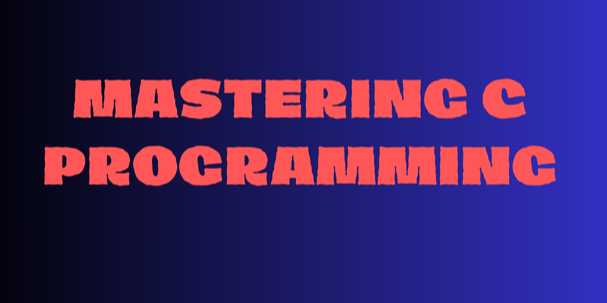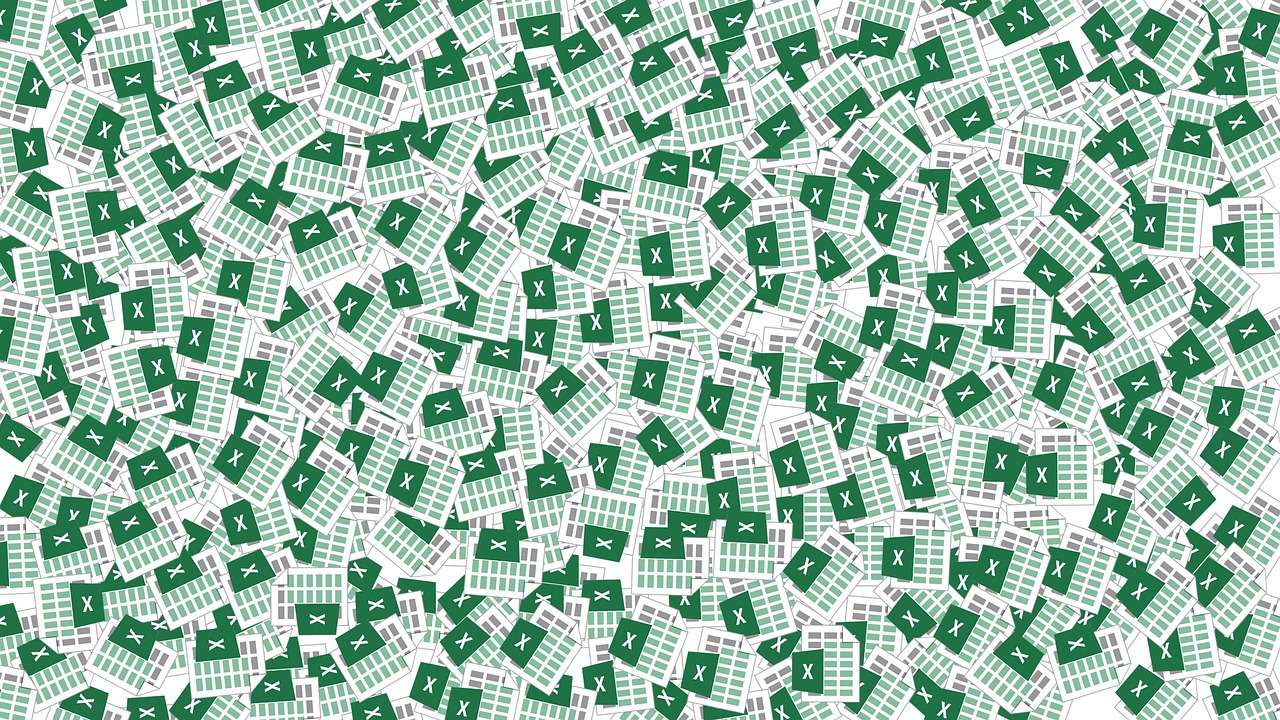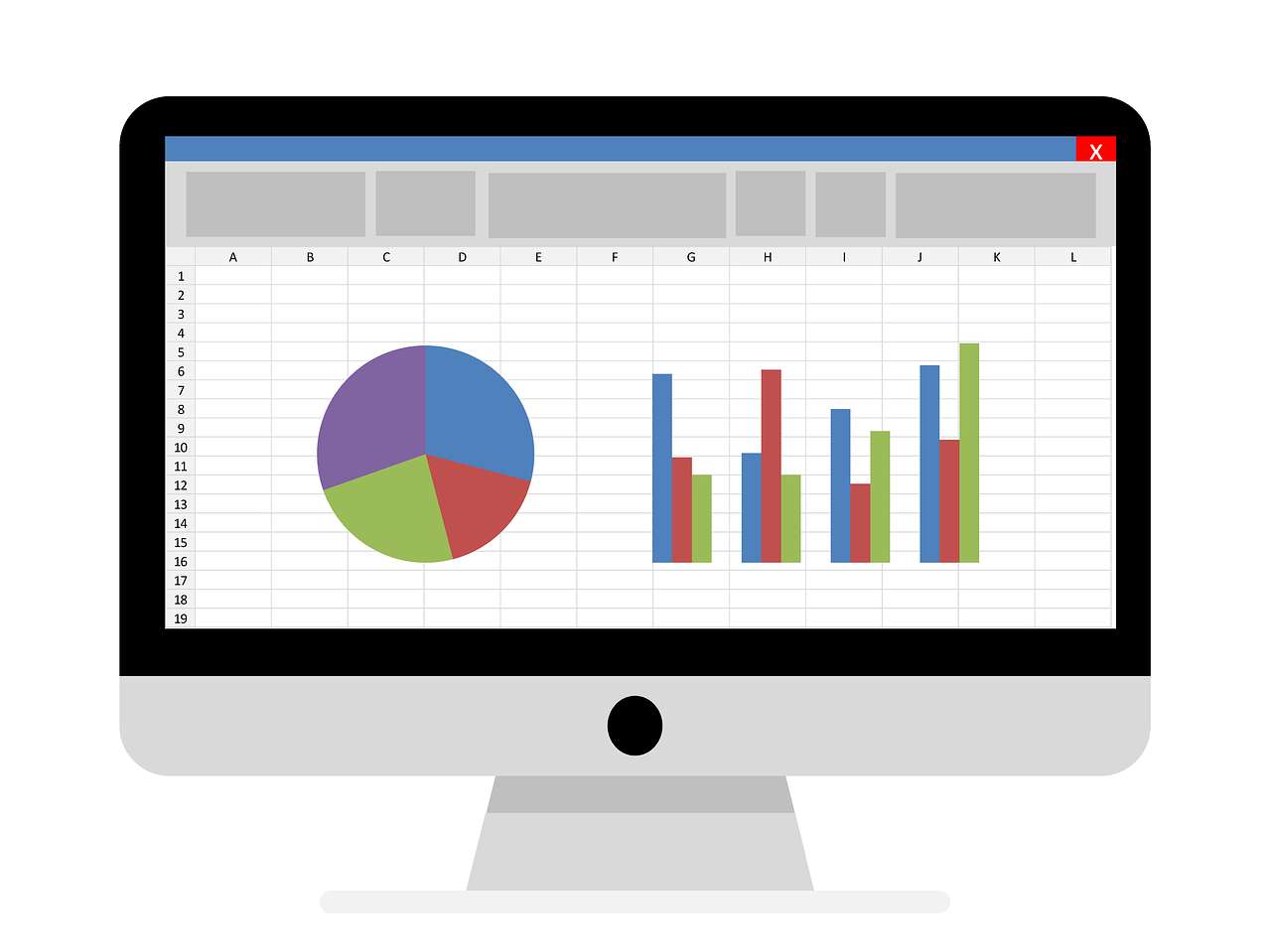Mastering C Programming: A Complete Tutorial for Beginners and Beyond

Overview
Introduction to C Programming: A Complete
Beginner-to-Advanced Guide
C is often referred to as the "mother of all
programming languages." Developed by Dennis Ritchie at Bell Labs in the
early 1970s, C has become one of the most influential and enduring programming
languages in computer science. It powers operating systems like Unix and Linux,
forms the foundation of modern languages like C++, Java, and Python, and
continues to be an essential tool for software developers, systems programmers,
embedded engineers, and computer science students around the world.
This tutorial aims to guide you through a structured journey
to master C programming, from the very basics of syntax and data types to more
complex topics like pointers, memory management, and file handling.
Why Learn C?
Before diving in, it’s worth understanding why learning C is
still relevant:
- Simplicity
& Control: C gives you low-level access to memory and system
resources.
- Performance:
Programs written in C are fast and efficient.
- Portability:
C code can be compiled and run across different systems with minimal
changes.
- Foundational
Knowledge: Understanding C helps you grasp other programming languages
easily.
Who is This Tutorial For?
- Complete
beginners who are learning programming for the first time.
- Computer
science students seeking a deeper understanding of programming logic.
- Embedded
and systems engineers working on low-level hardware.
- Anyone
interested in building a strong foundation in software development.
How to Use This Tutorial
The tutorial is divided into 6 core chapters, each focusing
on a set of related concepts. Every chapter includes examples, code snippets,
and real-life use cases to enhance understanding. By the end, you’ll be
comfortable writing and debugging your own C programs.
📘 What You'll Learn:
- Basic
syntax and structure of C programs
- Variables,
constants, and data types
- Control
flow: decision-making and loops
- Functions,
arrays, and strings
- Pointers
and memory management
- File
input/output and advanced data structures
🧠 The Importance of
Understanding C Syntax
At the heart of C programming lies its syntax—simple, yet
extremely powerful. Unlike high-level languages that abstract away memory
details, C requires the programmer to understand how memory is allocated,
managed, and manipulated.
Example: A Basic “Hello World” Program
#include
<stdio.h>
int
main() {
printf("Hello, world!\n");
return 0;
}
This minimal program illustrates several key components:
- Header
Files: #include <stdio.h> includes the standard input/output
library.
- Function:
main() is the starting point of every C program.
- Statement:
printf is a function used to print to the console.
📚 C vs. Other Languages
|
Feature |
C |
Python |
Java |
|
Compilation |
Yes (via GCC) |
No |
Yes (JVM-based) |
|
Speed |
High |
Moderate |
Moderate |
|
Memory Control |
Manual |
Automatic |
Automatic |
|
Use Case |
OS, embedded |
Web,
scripting |
App
development |
|
Learning Curve |
Moderate to Hard |
Easy |
Moderate |
🛠️ Tools You Need to Get
Started
To start programming in C, you'll need:
- A compiler
(GCC, Clang, Turbo C, or MSVC)
- A text
editor (VS Code, Sublime Text, Notepad++)
- Or a
full IDE like Code::Blocks or Dev-C++
🚀 Common Applications of
C
- Operating
systems (Windows, Linux)
- Embedded
systems and microcontrollers
- Game
development (low-level graphics programming)
- Compilers
and interpreters
- Databases
and enterprise software
💡 Tips for Success
- Practice
frequently. Writing code is the best way to learn.
- Break
down problems. Start small and gradually build up.
- Understand
pointers. Mastering pointers will elevate your skills.
- Debug
like a pro. Use tools like GDB to troubleshoot.
- Read
others' code. Open-source C projects are a goldmine.
📌 Conclusion
Mastering C isn't just about writing programs—it's about
thinking logically, understanding how computers work at a low level, and
developing the mindset of a disciplined programmer. This tutorial will not only
teach you the syntax but also prepare you to use C effectively in real-world
scenarios.
FAQs
1. Q: Is C still worth learning in 2025?
A: Absolutely. C is widely used in systems programming, embedded systems, and performance-critical applications.
2. Q: What are the prerequisites for learning C?
A: Just basic computer literacy. No prior programming knowledge is required.
3. Q: Which IDE is best for beginners in C?
A: Code::Blocks or VS Code with a C plugin is great for beginners.
4. Q: Is C a compiled or interpreted language?
A: C is a compiled language. It uses compilers like GCC or Clang.
5. Q: How long does it take to learn C?
A: With consistent practice, 4–8 weeks is sufficient to grasp core concepts.
6. Q: What’s the hardest part of C?
A: Pointers and manual memory management can be tricky for beginners.
7. Q: Can I use C to build web applications?
A: C is not typically used for web apps, but it can handle back-end processes or be integrated via CGI.
8. Q: Is C better than C++ or Python?
A: Each has its use. C is great for low-level control and speed, but C++ and Python offer more abstraction and ease of use.
9. Q: How do I run a C program?
A: Use a terminal/IDE to compile with gcc filename.c -o output and run with ./output.
10. Q: Where can I find C projects to practice?
A: GitHub, HackerRank, and open-source forums are great places to find beginner to advanced C projects.
Posted on 15 Apr 2025, this text provides information on C programming. Please note that while accuracy is prioritized, the data presented might not be entirely correct or up-to-date. This information is offered for general knowledge and informational purposes only, and should not be considered as a substitute for professional advice.
Similar Tutorials

Advanced Excel Charts Tutorial: How to Create Prof...
Learn how to create professional charts in Excel with our advanced Excel charts tutorial. We'll show...

Advanced Excel Functions: Tips and Tricks for Boos...
Are you tired of spending hours working on Excel spreadsheets, only to find yourself stuck on a prob...

Apache Flume Tutorial: An Introduction to Log Coll...
Apache Flume is a powerful tool for collecting, aggregating, and moving large amounts of log data fr...





Comments(0)